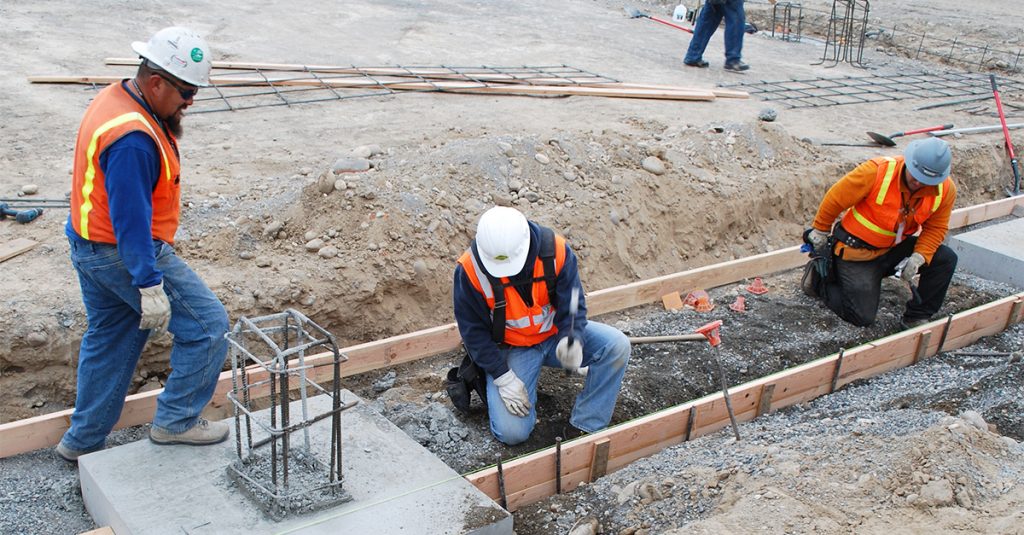As urban centers worldwide expand at unprecedented rates, the demand for innovative construction techniques capable of supporting dense infrastructure is increasing. One technology driving this transformation is the development of advanced deep foundation systems.

The Challenges of Urban Development
Urban development comes with several challenges, particularly in densely populated regions where space is limited, and soil conditions vary. Skyscrapers and large infrastructure projects, like subways and underground parking, require strong foundations to support their immense weight and ensure long-term stability. Additionally, as cities grow, land is often repurposed, and construction may occur on difficult terrain, including marshlands, reclaimed land, or areas prone to earthquakes and flooding. Traditional shallow foundations can no longer suffice for such demanding environments. In the past, building foundations were largely limited to driven piles and shallow foundations, but these older methods are inadequate for the height and weight of modern superstructures or the increased complexity of today’s urban landscapes. To overcome these challenges, engineers have turned to advanced deep foundation technologies that provide stability in unpredictable and hostile conditions.
Innovations in Deep Foundation Technologies
One of the key advancements in deep foundations is the use of drilled shafts, also known as caissons or bored piles. Unlike traditional driven piles, which are hammered into the ground, drilled shafts are constructed by drilling a deep hole, placing reinforcing steel inside, and then filling the hole with concrete. This method offers greater precision and is ideal for locations where vibrations from driven piles would disrupt surrounding structures or when load-bearing strata are deep underground. Micropiles represent another innovative solution. These small-diameter piles, typically less than 12 inches in diameter, can support heavy loads despite their size. Their flexibility makes them suitable for sites with limited access, areas with poor soil conditions, and places where traditional equipment cannot be easily deployed. Micropiles also excel in retrofitting existing foundations, which is crucial for upgrading old infrastructure in urban settings without major disruptions. This method creates soilcrete, a hardened, impermeable material that improves the bearing capacity of the ground. Jet grouting is particularly effective in areas with weak or heterogeneous soil and is widely used in projects requiring underground stabilization, such as tunnels and basements.
Benefits for Urban Growth
Advanced deep foundation technologies are critical to the ongoing revolution in urban development. They allow for the construction of taller, more resilient buildings while minimizing disruption to existing structures and the urban landscape. By utilizing these Marine Bulkheading micropiles construction New York systems, cities can grow vertically rather than horizontally, preserving valuable land space. Moreover, the environmental impact is reduced, as technologies like micropiles and drilled shafts produce less noise and fewer vibrations than traditional methods, making them more suitable for densely populated areas.